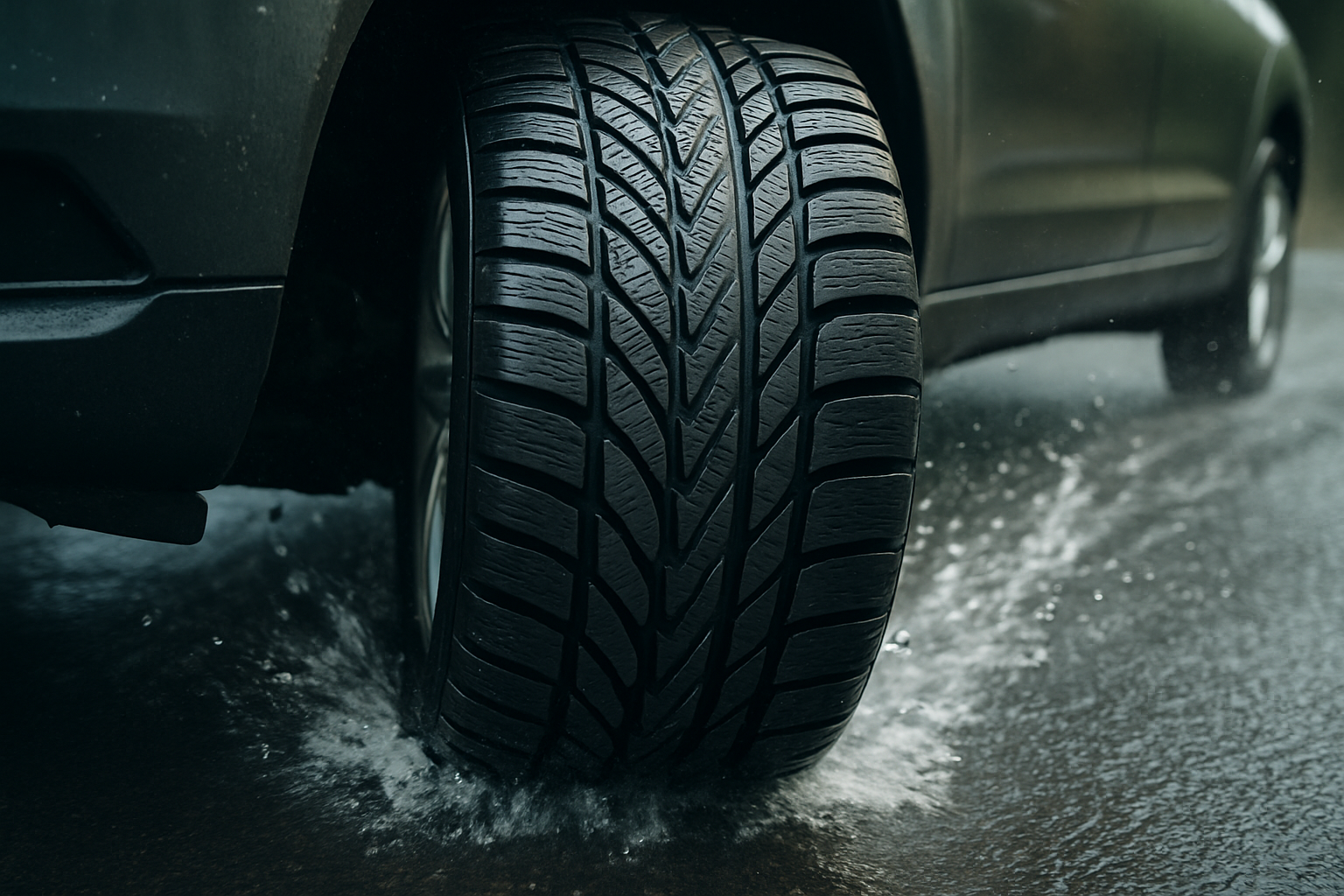All-season tires explained: what they really deliver
All-season tires promise year-round performance, but understanding their true capabilities helps drivers make informed decisions. These versatile tire options balance traction, durability, and convenience across varying weather conditions. While they offer practical benefits for many climates, knowing their limitations compared to specialized alternatives ensures optimal vehicle safety and performance throughout different seasons.

All-season tires represent a compromise solution designed to handle multiple weather conditions without requiring seasonal changes. These tires feature specialized tread patterns and rubber compounds that adapt to both warm and cold temperatures, making them a popular choice for drivers seeking convenience and versatility.
What makes all-season tires different from specialized options
All-season tires use a moderate tread depth with sipes and grooves designed to channel water while providing adequate grip on dry surfaces. The rubber compound remains flexible across a wider temperature range compared to summer tires, yet maintains structure better than winter-specific options in warmer conditions. This balanced approach allows for reasonable performance in light snow, rain, and dry conditions.
Understanding all weather tires and their unique design
All weather tires differ from traditional all-season options through enhanced cold-weather capabilities. These tires carry the three-peak mountain snowflake symbol, indicating they meet specific snow traction standards. The tread design incorporates deeper grooves and more aggressive siping patterns, while the rubber compound maintains flexibility in lower temperatures. This makes them suitable for regions with occasional snow but not severe winter conditions.
All-season tires vs winter tires performance comparison
Winter tires excel in temperatures below 45°F through specialized rubber compounds that remain pliable in cold conditions. Their deeper treads and unique patterns provide superior traction on snow and ice. All-season tires begin losing flexibility as temperatures drop, resulting in reduced grip on cold, wet, or snowy surfaces. However, winter tires wear faster on warm, dry pavement and require seasonal storage.
| Tire Type | Temperature Range | Snow Performance | Dry Performance | Estimated Cost |
|---|---|---|---|---|
| All-Season | 20°F to 100°F | Moderate | Good | $80-$200 per tire |
| All Weather | 10°F to 100°F | Good | Good | $100-$250 per tire |
| Winter | -20°F to 50°F | Excellent | Fair | $90-$300 per tire |
| Summer | 40°F to 120°F | Poor | Excellent | $70-$400 per tire |
Prices, rates, or cost estimates mentioned in this article are based on the latest available information but may change over time. Independent research is advised before making financial decisions.
Climate considerations for all-season tire selection
All-season tires work best in moderate climates with minimal snow accumulation. Regions experiencing temperatures consistently below freezing benefit more from dedicated winter tires, while areas with extreme heat may require summer-specific options. Urban environments with well-maintained roads often suit all-season tires, whereas rural or mountainous areas may demand specialized seasonal options.
Maintenance and longevity factors
Proper tire rotation every 5,000-7,500 miles extends all-season tire life significantly. Regular pressure checks prevent uneven wear patterns that reduce performance and safety. Most all-season tires last 40,000-80,000 miles depending on driving habits, vehicle type, and road conditions. Quality brands often provide warranties covering defects and premature wear under normal usage conditions.
All-season tires offer practical benefits for many drivers, particularly those in moderate climates seeking convenience without seasonal tire changes. Understanding their capabilities and limitations helps determine whether they match specific driving needs and local weather patterns. While they provide adequate performance across various conditions, extreme weather situations may still require specialized tire options for optimal safety and performance.




